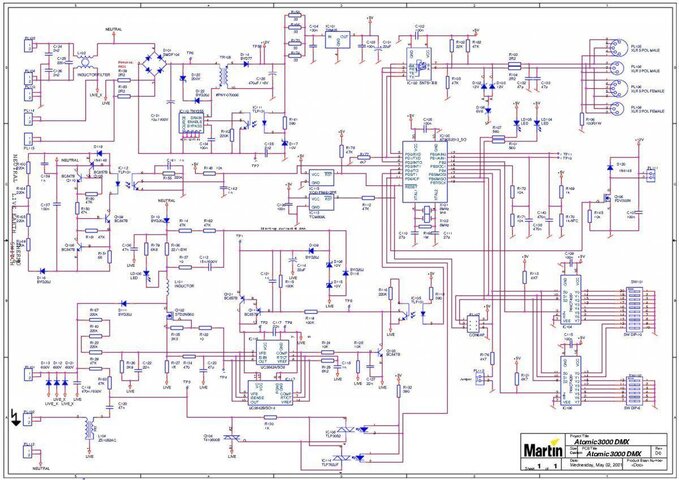macdiv
Member
Hello pros. I have clinically dead Atomic board .. there is no sign of any defected parts .... its a 220V version ,,,when powered the fan spines for seconds and the led flashes but no light output in the stand alone or in the DMX mode ...the Bulb is OK .... almost 2 years ago i was having nearly the same defect in another piece and i found out that it was duo to a bad contact through hole ... this time i check most of the visually through hole contact but didn't find any ... so i thought if i check the TP or test points voltage or scope it in the schematics trying to solve the problem that could help ... So any clew ? ,,,Thanks



